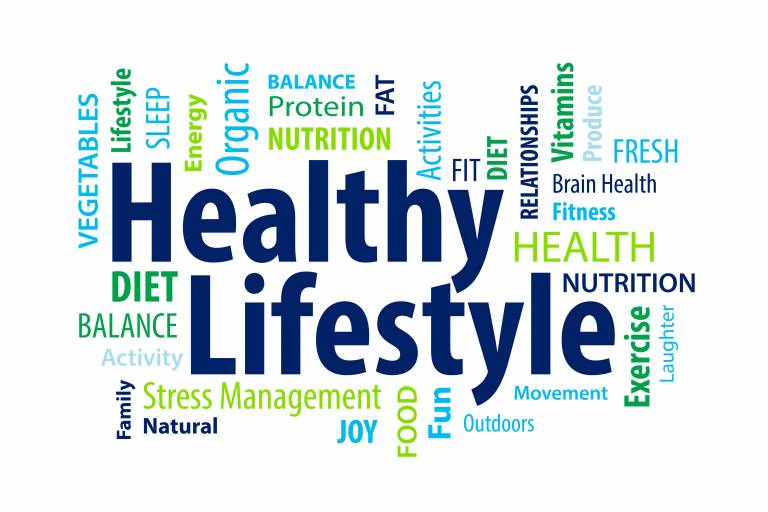
Once a vibrant sanctuary of life, Heritage Park stood as a testament to nature’s resilience and humanity’s need for green spaces. Nestled in the cradle of the University of Ibadan, the park was not just an expanse of trees and vegetation; it was a living, breathing tapestry that held stories, soothed minds, and connected generations. But today, it lies barren, its lungs silenced, its soul ripped away. What led to this act of deforestation, and what are the implications of this loss?
As we walk past what remains of this once thriving ecosystem, the questions linger: What have we truly gained, and what have we irrepraceably lost?
A Vanished Haven
Heritage Park was more than a collection of trees; it was the lungs of our campus. Trees, through photosynthesis, purify the air by absorbing carbon dioxide and releasing oxygen. They act as natural filters, trapping pollutants and reducing particulate matter in the air. With their removal, the air we breathe grows heavier with pollutants, exposing students and staff to respiratory issues.
“The lungs of our campus have been silenced,
And the air we breathe grows heavier with sorrow.”
Furthermore, the absence of shade provided by the tree canopy has turned the area into a heat trap. Without the cooling effects of vegetation, students and staff are now exposed to higher temperatures, increasing the risk of heat stress. This harshness is particularly unforgiving in a city already grappling with the effects of climate change. On a psychological level, the loss of green spaces disrupts the mental well-being of the university community. Numerous studies have shown that proximity to nature reduces stress, anxiety, and depression. Heritage Park offered a therapeutic escape, a quiet retreat where students could find solace when surrounded by academic pressures. Now, that escape has been lost, leaving the mind with fewer places to breathe.
A Social Bond Severed
Heritage Park was not just a location; it was a hub for connections, a memory-making space where friendships blossomed and ideas were born. Students gathered under the trees for picnics, group discussions, or moments of quiet reflection. It was a place where the university’s vibrant social fabric came alive.
“Once a haven for laughter and dreams,
Now a desert of silence and regret.”
With its destruction, the sense of community that Heritage Park fostered has been disrupted. The loss is not merely physical; it’s emotional. As students, we often navigate the hustle of academic life, seeking spaces that remind us of our humanity. Heritage Park was that space.
Moreover, the park was a symbol of our identity as a university. Established in 1948, the University of Ibadan is steeped in tradition and history. Heritage Park was an extension of that legacy, a place where the university’s rich past intertwined with its present. Its destruction erodes that connection, leaving future generations with one less piece of the university’s heritage to cherish.
An Environmental Catastrophe
Beyond its immediate social and health impacts, the loss of Heritage Park has dire environmental consequences. The park was a bio-diverse habitat, home to birds, insects, and small mammals. Its trees provided shelter, food, and nesting spaces for these creatures. With the trees gone, these species have been displaced, their delicate ecosystem disrupted.
“The songs of birds have faded,
And the hum of life is now but a whisper.”
The trees also played a critical role in regulating the campus climate. By providing shade and cooling the surrounding air, they reduced the effects of heat. Without them, the university risks becoming an urban heat island. In a world already battling with global warming, this is a huge loss.
Additionally, trees help prevent soil erosion and reduce water runoff during rains. Their removal exposes the land to flooding and water-logging, creating new challenges for infrastructure and safety.
What We’ve Truly Lost
Heritage Park was more than a patch of trees; it was a living metaphor for balance and coexistence. In its destruction, we’ve not only lost a space but a symbol of what it means to live in harmony with nature.
“The cooling canopy of trees is gone,
Replaced by the unyielding blaze of the sun.”
Reforestation, while necessary, is a costly and time-consuming process. It requires resources that could have been avoided had the original vegetation been preserved. Beyond the economic costs, the university has also lost an invaluable natural lab. Heritage Park served as a practical site for environmental and biodiversity research. For students in biology, environmental science, and related fields, the park’s destruction removes a hands-on learning opportunity.
As a community, we must ask ourselves: what kind of legacy are we leaving behind? A barren landscape serves as a stark reminder of short-sighted decisions, but it also offers a chance to change course.
A Call to Action
The destruction of Heritage Park is overwhelmingly saddening. It should spark a movement to protect what remains of our campus’ greenery and demand sustainable alternatives to such actions. Reforestation efforts must begin immediately, coupled with education and awareness campaigns about the importance of green spaces.
We must also push for policies that safeguard our natural heritage, ensuring that future decisions prioritize sustainability and the well-being of the university community.
“Let us plant what was taken,
And rebuild the sanctuary of our dreams.”
The loss of Heritage Park is a tragedy, but it does not have to be the end of the story. Together, we can honor its memory by ensuring that no other green space suffers the same fate. After all, the trees may have been cut down, but their roots remain in our hearts, urging us to grow something better.
This article is not just an analysis of the harm done but rallying cry for action. Let us make sure the next generation of students inherits a campus where nature and progress coexist harmoniously.
Precious Sunday



